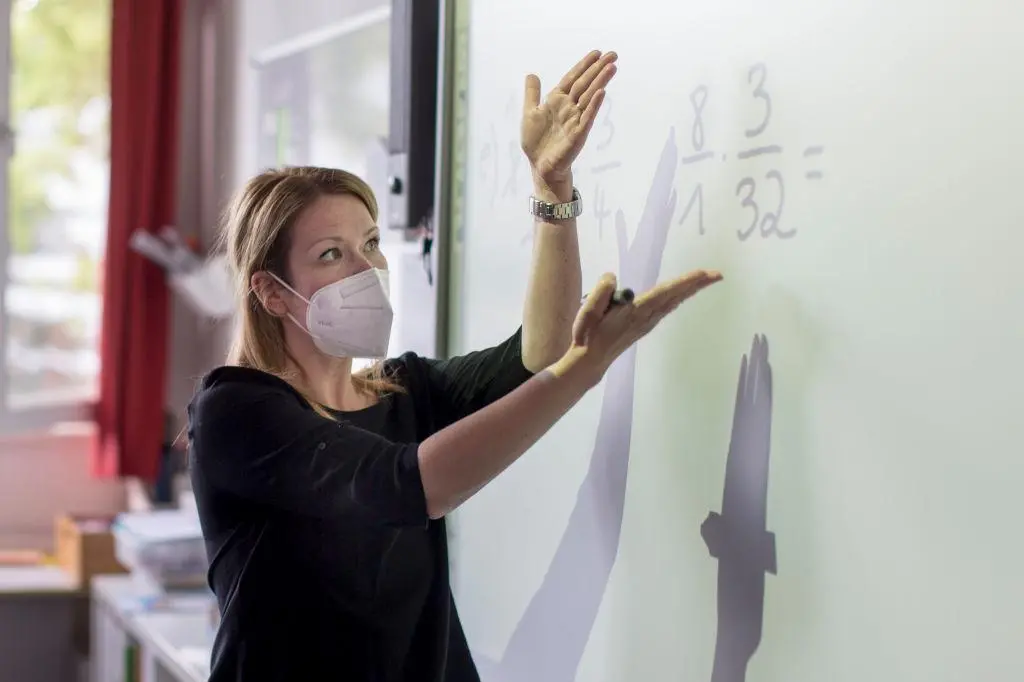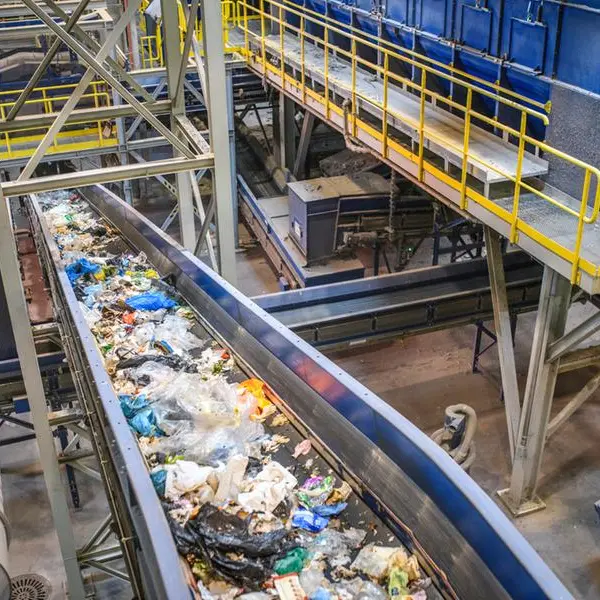PHOTO
One of life’s greatest blessings is to be taken under the wing of an illuminating, caring and wise teacher. Time and time again, people have recounted compelling stories of how their teachers transformed their lives in profound ways.
This truth has never been more potent and palpable than during the COVID-19 outbreak, where teachers were facilitating their students’ learning, listening to their concerns, caring about their well-being, and emulating effective coping strategies while battling a raging, unpredictable pandemic.
Indeed, the pandemic has caused a global learning crisis, with multiple repercussions. At the onset of the pandemic, almost 1.6 billion students were affected by school closures and lockdowns, forcing them to either switch to unfamiliar virtual classrooms or skip school entirely. Consequently, a sizable cohort of students are facing learning gaps, struggling with lower well-being levels that make it difficult to learn, or are dropping out of school due to their families’ financial restraints.
A report published by the World Bank estimates that projected losses of school closures and learning disruptions could amount to $10 trillion when taking into consideration the future earnings of affected students. This will also entail decreased economic productivity, lower tax revenues, higher welfare costs and lower life satisfaction levels in the future.
As countries slowly return to a semblance of normality, policymakers are urgently required to address multiple education priorities: Revamping the curriculum to equip students with necessary 21st-century knowledge and skills, recovering learning losses during enforced school closures, supporting student well-being, and designing resilient emergency-proof education systems via digital solutions. In this context, teachers will play a pivotal role in effecting these interventions and, thus, must be well-prepared, supported and empowered to do so.
However, teachers are facing a number of challenges, which have been exacerbated by the pandemic. Many global studies highlight the increased anxiety, depression, exhaustion and stress levels among teachers. During school closures, teachers struggled to learn unfamiliar technologies and engage students, while those with children or chronic diseases faced additional care duties or health challenges. Some teachers even faced delayed salaries or pay cuts during this period.
It is, thus, imperative that sufficient investments are channeled toward preparing teachers for a 21st-century world riven with complex challenges. It cannot be emphasized enough that investment in enhancing the image of the teaching profession, recruiting high-quality applicants, preparing teachers, providing ongoing development, and improving teaching pedagogies will have a transformative impact on educational outcomes.
A critical condition is to enhance the well-being of teachers who have been greatly affected by the pandemic’s multifarious effects. A holistic well-being strategy should, therefore, consist of socio-emotional support and counseling to cope with the added stress of delivering world-class education in a time of crisis. Setting attractive compensation packages can also attract high-caliber talents and reduce the likelihood of high-quality teachers exiting the profession.
Singapore’s experience with recruiting teachers is a notable case study. In order to attract high-quality applicants, the government offers a monthly stipend for students undergoing teaching training — one that is comparable to the monthly salary of fresh graduates. Upon graduation from the teacher training program, teachers have to commit to teaching for a minimum of three years. At the same time, the government closely monitors market salaries and updates teachers’ pay accordingly.
Top-performing education systems put in place professional development programs for teachers that are innovative, continuous, practical and customized to address common learning challenges. For example, the Singapore government requires teachers to enroll in up to 100 hours of professional development each year so they can enhance their skills and widen their knowledge.
Capacity-building can assist teachers in tackling diverse and unfamiliar challenges on the ground, such as curriculum changes, novel instructional methods, new technologies, updated laws, test requirements, parent relations, students’ academic attainment, bullying, and child development needs.
Development could take the form of attendance at conferences, seminars, workshops, expert talks or short university courses. Furthermore, teachers should get regular access to open sources of knowledge to boost their self-learning, such as books, research materials and online courses.
Teachers can also embark on experiential training modes, such as observing experienced colleagues, receiving coaching and mentoring, and organizing team meetings to discuss optimal solutions to common challenges. Important subjects currently trending in teacher training programs include leveraging creativity to enhance academic outcomes, fostering a learning environment that maximizes students’ engagement, using praise and feedback to improve students’ motivation levels, effectively managing stressful situations, and implementing interventions for students exhibiting emotional and behavioral issues.
Finland has been applauded for its stellar policies in preparing, supporting and empowering its teachers. As a result, teaching enjoys an excellent, coveted reputation among society. Two-thirds of teachers cited their ability to contribute to children’s development and improve society as the main motivations for entering the profession, according to a 2018 OECD Teaching and Learning International Survey. Entry into the profession is selective and only those with high aptitude and a passion for teaching are accepted in teaching programs at universities — about a fifth of applicants.
Students then spend five years in university to qualify as teachers, ultimately possessing a master’s degree in education before entering the workforce. With such a scrupulous selection and grooming process, teachers are ingrained with a personal mission toward educational goals. Teachers have the autonomy to design their own lesson plans according to the national core curriculum, taking personal responsibility along the way to cater to individual students’ talents and strengths. These integrated policies have contributed to a world-class education system in Finland.
Given the significance of teaching, it is imperative that effective policies are devised to prepare and support teachers in their mission to educate future learners.
*Sara Al-Mulla is an Emirati civil servant with an interest in human development policy and children’s literature. She can be contacted at www.amorelicious.com.
Copyright: Arab News © 2021 All rights reserved. Provided by SyndiGate Media Inc. (Syndigate.info).












